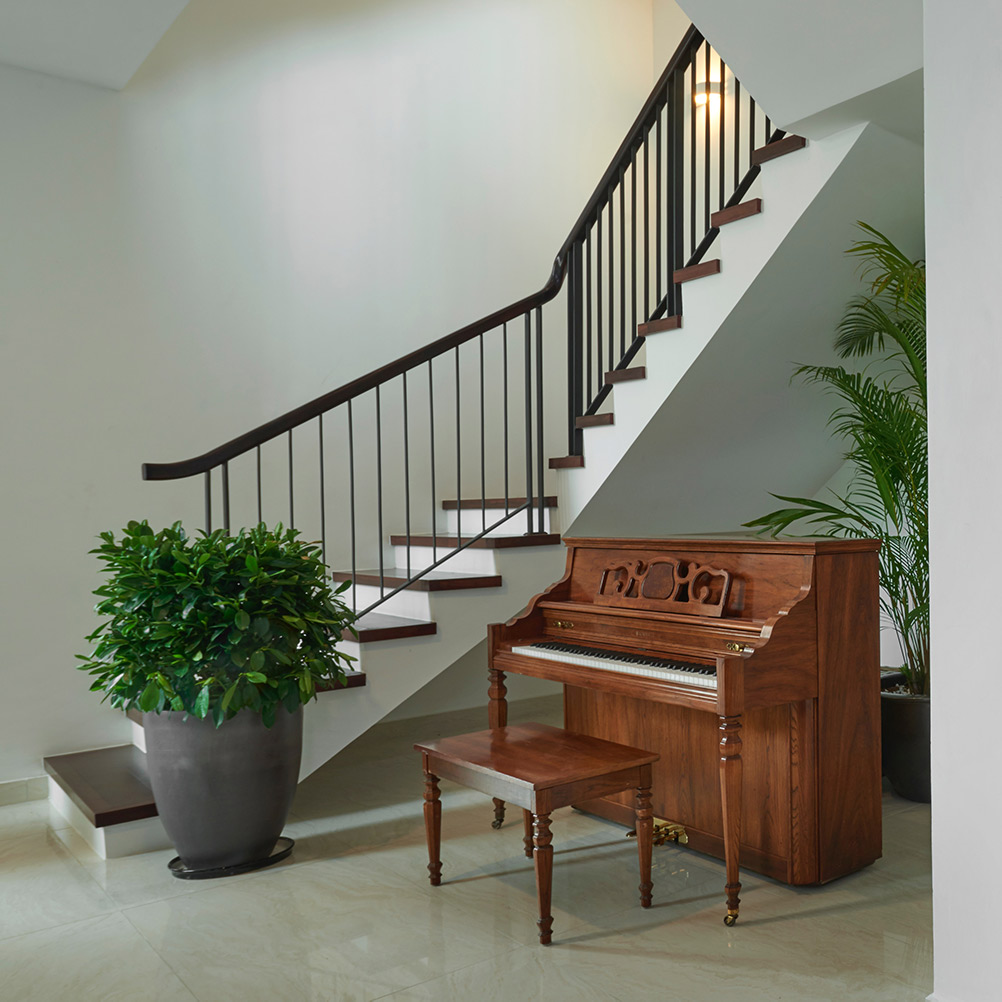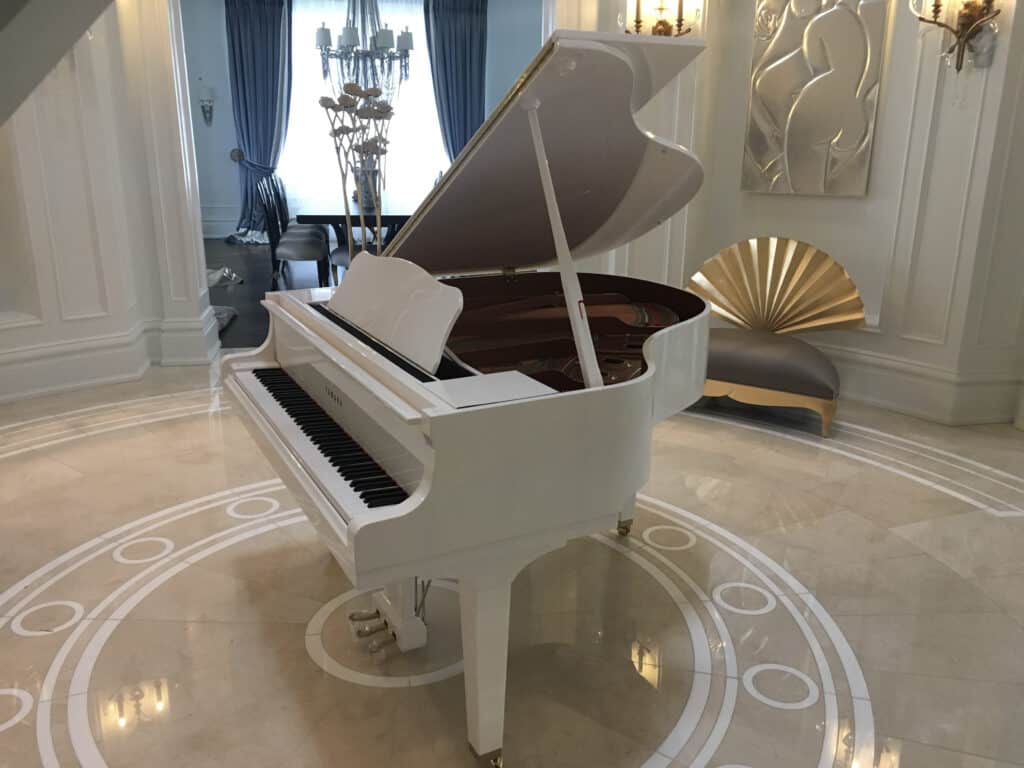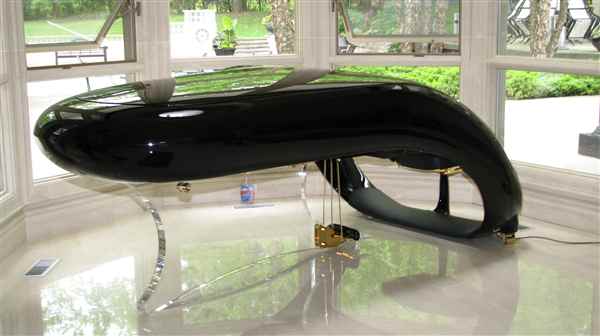How do you describe your piano?
This is the very first question any piano mover will ask you when you book your piano move. You would be surprised to see how many people answer “a standard piano” or “a regular piano.” These are not helpful answers to a piano mover and will likely get you a bad piano-moving quote. The other problem people run into is using the wrong term to describe their piano.
Let’s use automobiles as an illustration here.
Do you own a sedan, hatchback, SUV, minivan, full-size van, or pickup truck? Each one of these descriptions has a very different meaning in the car world, and the same is true in the piano world.
The brand, model and size of the vehicle also matter. Do you own a BMW, Ford, Honda, Lexus, Nissan, Toyota, etc? Do you have the base model or a decked-out version? There are big differences in piano weight, strength and design between different models. It also helps the piano mover know how important things like moving insurance may be to you. If you have a small, old, no-name base model piano worth less than $1000 vs a Steinway concert grand worth over $100,000. If the piano is known as an expensive piano, you want to make sure it is insured correctly. These small details will also help the piano mover gauge your risk level on more difficult moves when you are describing your piano move. People who own high-end pianos do not want to take unnecessary risks, while a person with an old lower-value piano would be quite willing to take the risk.
Upright Piano


(between 44′ – 48″ tall)

(over 48″ tall)
Grand Piano

(under 5’5″ long)



(over 8′ long)
How to measure your piano
Measure your upright piano
The most important measurement that any piano mover wants from you is the height of the piano. This is the measurement from the top of the piano lid to the floor. While width and depth are nice and important, a good piano mover can tell a lot with just this height measurement. Especially on tight or difficult moves.
Measure your grand piano
The most important measurement that any piano mover wants to know from you, is what is the length of your piano. This is the measurement from your piano’s keyboard to the furthest point on your piano’s (bow) curve.
Why is knowing the piano brand important?
The main reasons are weight and value.
- Piano manufacturers do not all build their pianos in the same way. There can be a 200-pound or more difference between two identical-looking pianos. For example, a piano built in England is lighter than a piano built in North America, which is lighter than a piano built in Japan, which is lighter than a piano built in Korea. Here is the twist: a Bell upright built in North America weighs 50% more than a Baldwin upright piano built in North America. Brand helps determine weight and difficulty level of move.
- Piano manufacturers do not all build their pianos the same. There can be a $100,000 difference between two identical-looking pianos. For example, a no-name Chinese knockoff piano may only be worth $3000-5000, while a high-end piano of the same size, like a Bosendorfer, Fazoli, or Steinway, could be well valued over $100,000-500,000.
- Piano manufacturers do not all build their pianos the same. A piano’s finish can have two very different strength levels. A piano finished in China is much more likely to have a softer, more fragile finish than a piano made in Japan. Knowing this is important when making difficult moves to determine the risk of damage in a tight situation.
Did you notice the key point? Piano manufacturers do not all build their pianos the same, and this can be very helpful to the more experienced piano movers when reviewing your piano move.
We hope you found this helpful and that it helps you avoid misunderstandings with your movers.
Want a quote from a professional piano mover?
Do not settle for someone who occasionally moves a piano; get the right piano moving company that sets the highest standard for piano moving.
If you want peace of mind, there is only one place to call. (416)749-2100 extension 1.
